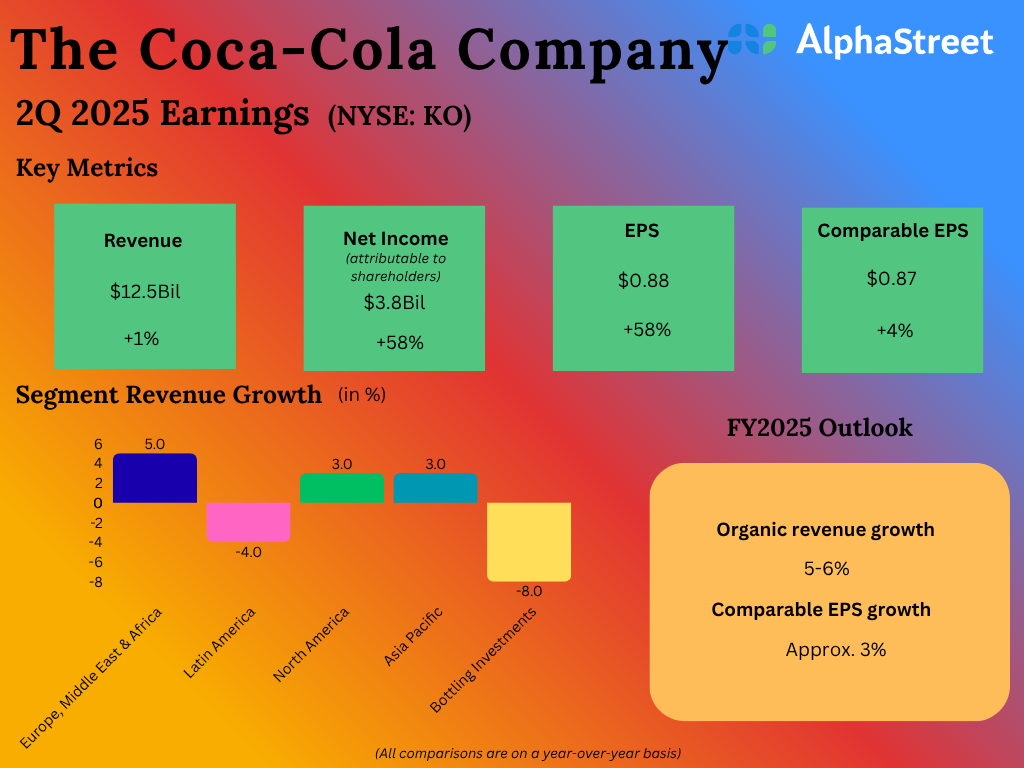“We like BYD, but believe it’s risky to invest in a single Chinese auto firm that happens to be the most accessible to foreign investors.” That’s where we left things this past summer in a piece titled Is Investing in Chinese Autos a Good Idea? that looked at whether BYD could ever find a place in our own tech stock portfolio. Now that our portfolio will soon be down to 35 stocks (pending a few acquisitions) we’re eyeballing some names to add and BYD (1211.HK) came up again as a stock we like.
BYD is a rare Chinese stock that isn’t subject to VIE structure risk as we’re able to purchase H shares on the Hong Kong stock exchange using Interactive Brokers. With our tech portfolio lacking Chinese exposure, adding shares of BYD would provide us with exposure to several compelling growth themes as follows:
- The country of China: The second-largest economy in the world may see growth slowing, but her far-reaching influence means that future global leadership may be an eventual reality.
- Chinese automotive sector: China has now surpassed Japan as the largest exporter of automobiles. This is due to improved quality and electrification.
- Electric vehicles: We’ve been apprehensive about the growth of EVs, but are increasingly believing that their lower total cost of ownership is spurring adoption.
Today, we want to look at how profitable BYD is, what valuation the stock trades at relative to historical values, consider total cost of EV ownership, and tease out the bull thesis a bit more.
Gross Margins
Across the globe, you’ll find one brand enduring in even the harshest environments. Japan’s Toyota is one of the world’s top producers of vehicles that are so durable even ISIS drives them. While BYD only produced 30% of Toyota’s 2023 production volume, comparing margins can provide us with some benchmark of potential profitability. Gross margin shows us the potential for profit, while operating margins show us what profit looks like after all the overhead costs are covered.

BYD’s gross margins are on par with Toyota, something that might be improved over time with more automation (it’s admittedly lacking in BYD’s production today, and the company aims to rectify that). As for operating margins, those should continue to be tight as BYD expands globally and works to build the sort of dealer and support network that Toyota already enjoys. And yes, unlike Tesla, BYD will need to do a fair amount of marketing to spread the word about how great their vehicles are, though maybe the cost advantages will start to speak for themselves.
Total Cost of Ownership
Total cost of ownership or TCO includes the purchase price plus the cost to operate and maintain the vehicle. Traditionally, electric vehicles (without subsidies) cost more than gas-powered vehicles, but the former cost 50% less in maintenance costs over the vehicle’s lifetime. A sophisticated TCO calculator by the IEA shows how many variables go into calculating TCO, but the main ones would be the purchase price + cost to operate (electricity) + cost to maintain (much lower in EVs because they’re less complex).
Consumer Reports published an excellent piece titled “Today’s Electric Vehicles Offer Big Savings for Consumers” which shows that your average EV owner saves 50% on their repair and maintenance costs and 60% on fuel costs (in the United States). In countries where electricity is cheaper (i.e. India, China) fuel cost savings increase even more. Then there’s this remarkable factoid:
While new EVs were found to offer significant cost savings over comparable ICE vehicles, the cost savings of 5- to 7-year-old used EVs was found to be two or three times larger on a percentage savings basis.
Consumer Reports
In other words, dropping the initial purchase price decreases the TCO dramatically. That’s where BYD comes into the picture with electric vehicles that not only compete on price with gas-powered vehicles, but even undercut them.
We’ve always believed that electric vehicles wouldn’t be able to penetrate emerging/frontier markets because gas-diesel-LPG infrastructure was too pervasive, and poor people can’t afford what has been traditionally a rich person’s feel-good solution to climate problems which – in a best-case scenario – was cheaper to operate. The reality points to EVs being adopted in poor countries because people want cheaper transportation, something we touched on in a recent video on our YouTube channel which points to BYD’s global aspirations, especially when it comes to taxis.
We know what you’re thinking. Perhaps BYD is setting the stage for a robo-taxi global domination plan, but that’s going to be a tough ask when the company thinks autonomy is a pipe dream – unlike “you know who.”
BYD vs Tesla
BYD vs Tesla comparisons typically focus on functionality and cost. While Tesla’s fearless leader ponders a $25,000 electric car price point, the BYD EV2 that seems pervasive in Central Asia’s larger cities sells for around $15,000. The Seagull, even less.

From an investor’s perspective, Tesla commands a relatively rich valuation because of their work in autonomy – full self-driving or FSD. Our trepidation surrounds perceptions of Elon Musk by the media and U.S. government. Arguably the world’s most successful entrepreneur, who has done more for decarbonizing transportation than anyone else, committed a mortal sin. He decided to dabble in U.S. politics. With experts believing that regulatory hurdles present the biggest impediment to fully autonomous driving, Mr. Musk will be fighting media and government every step of the way.
Perhaps Tesla’s FSD could be deployed in other countries, but that’s not where Tesla is gathering data. Aside from just getting the right laws passed, infrastructure improvements are needed on public roads to accommodate self-driving. (We’ll likely see full FSD arrive on highways first.) Given China’s massive investments in global infrastructure, they’re well-suited to start deploying autonomous driving in countries where greasing someone’s palm can get laws passed or persuade the media to downplay the occasional rogue autonomous vehicle.
That brings us to BYD’s efforts in vehicle autonomy which seem to be lacking. A paywalled Reuters article from last spring talks about how investors have asked “why the automaker was behind in automation and intelligence technologies.” In response, BYD went and hired 4-5 thousand engineers and began partnering with various companies including NVIDIA (they currently use ADAS sensors from Bosch). This is at odds with another BYD spokesperson who said last year that “fully autonomous driving is basically impossible and the technology would be better applied to manufacturing.” And the company’s valuation sure seems to reflect that.
BYD’s Valuation
Valuing a $75 billion car company using our simple valuation ratio (SVR) becomes a bit murky because autos and autonomous driving technologies are apples to oranges. While Tesla commands a healthy SVR of seven (just above our catalog average of six), BYD sits at just under one.

That’s about where Toyota sits, an SVR of around 0.9, and this doesn’t tell us much except to say that BYD is trading lower than usual based on the above chart and wouldn’t be considered overvalued when compared to Toyota. Of course, this goes back to our earlier conversations about profitability, and we’d expect that once BYD eventually pulls back on all those aggressive expansion plans they can then realize the same sort of operating margins Toyota realizes (provided they keep their gross margins the same).
A recent article by CNBC pointed to Toyota raising their outlook as “strong hybrid demand juices profits.” Are electric vehicles more profitable than gas-powered vehicles? Since the battery accounts for 30–40% of the value of an electric vehicle, it comes down to how cheap batteries can be produced. As it turns out, batteries are what brought BYD into the limelight to begin with. In just ten years, BYD managed to capture more than half the world’s mobile phone battery market.
BYD is the world’s leading producer of rechargeable batteries: NiMH batteries, Lithium-ion batteries and NCM batteries. BYD owns the complete supply chain layout from mineral battery cells to battery packs.
Credit: BYD Global
Toyota has notoriously said they’ll never move in the direction of “lights out automation” that Tesla has pursued, so perhaps that’s where BYD sees a weakness. If they build everything in house like Tesla does, automate their entire production process, and produce the best batteries at the cheapest cost, then maybe they’ll be able to electrify all corners of this planet. It’s certainly worked quite well in China where BYD has topped the EV sales chart for nine years in a row.
Conclusion
Looking past BYD’s local competition we see the global leader in electric vehicle production as an attractive way to play the growth in China, emerging markets, and electric vehicles today. Add to that their global aspirations, willingness to close their gaps in autonomous/automation technology, and ability to produce low-cost quality vehicles, and we’re finding a possible investment to be compelling at current valuations. Should we decide to start a position, Nanalyze Premium subscribers will be the first to know.
Would you open a position in BYD today? Why or why not?







































